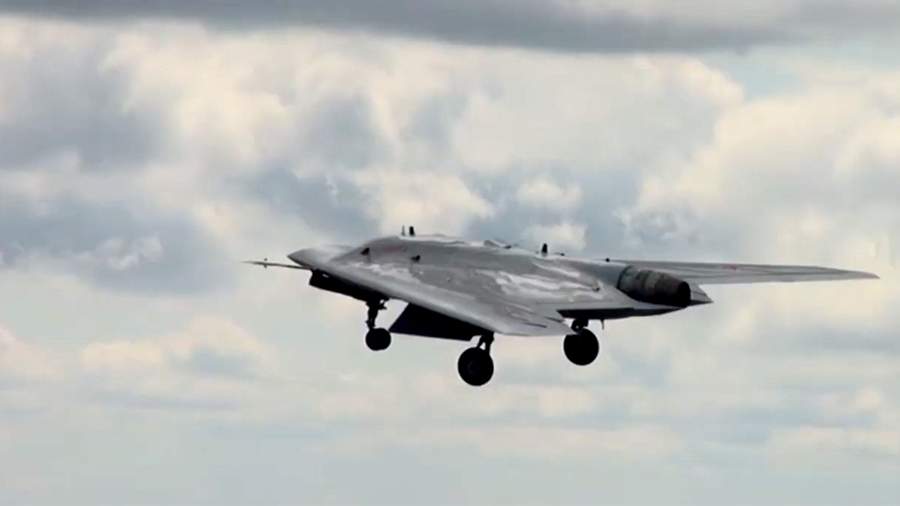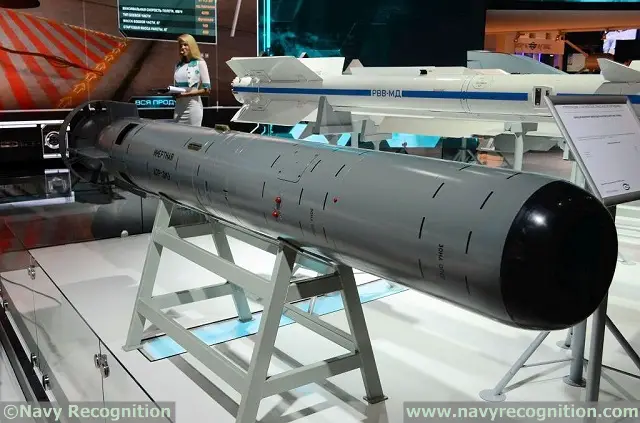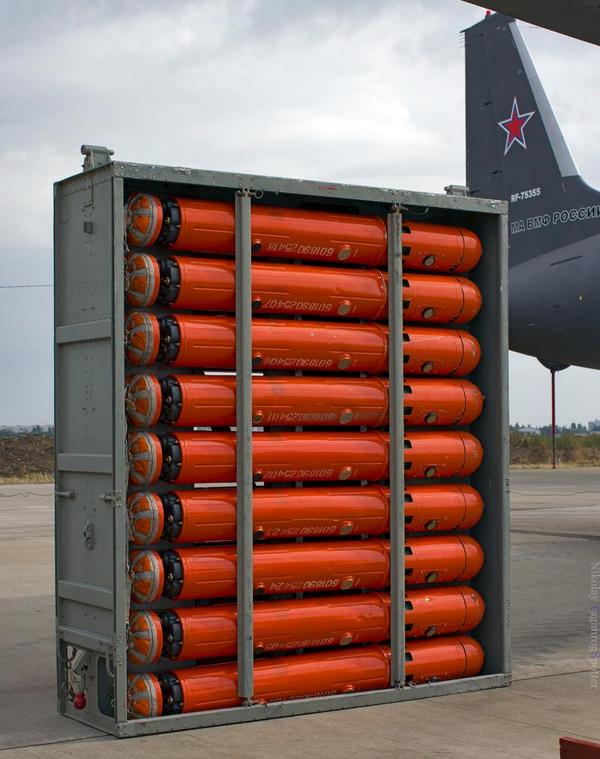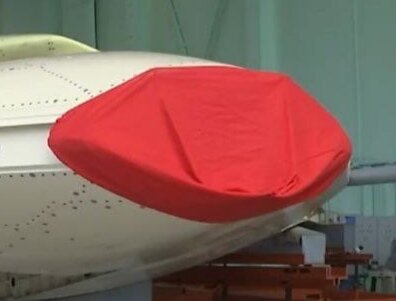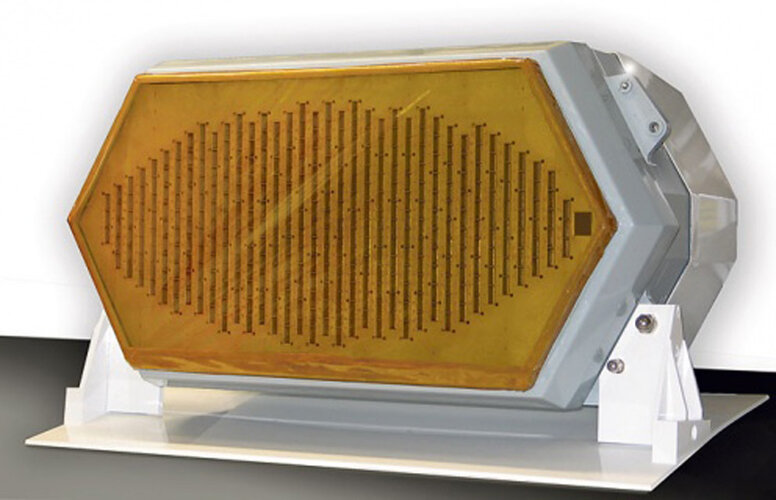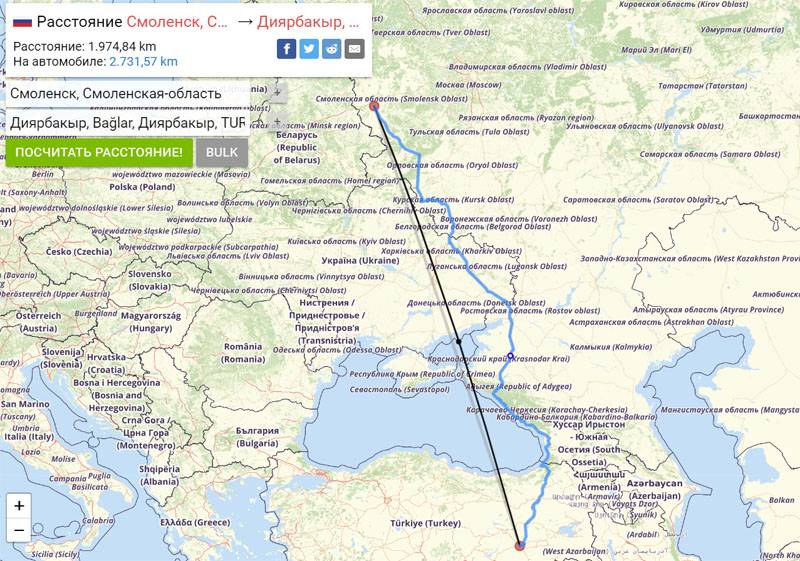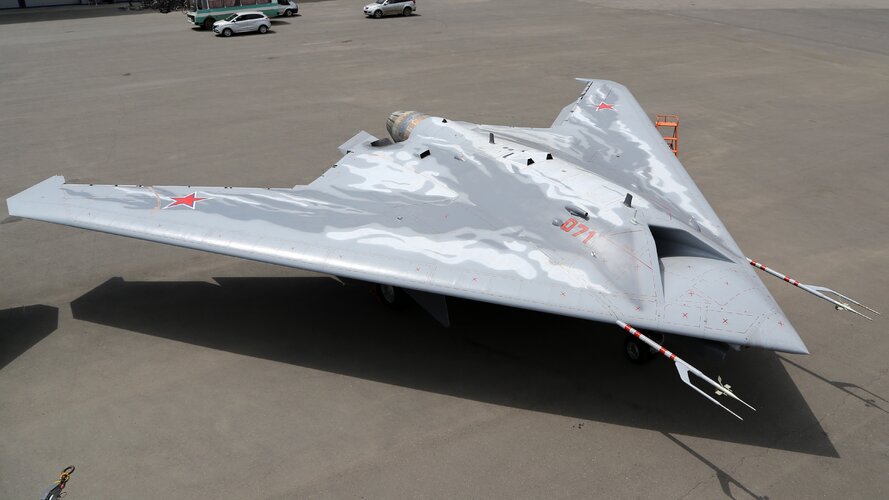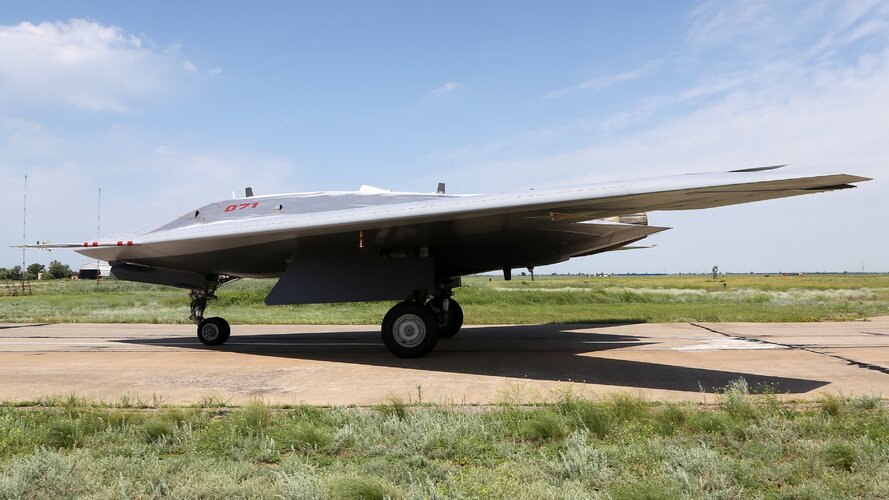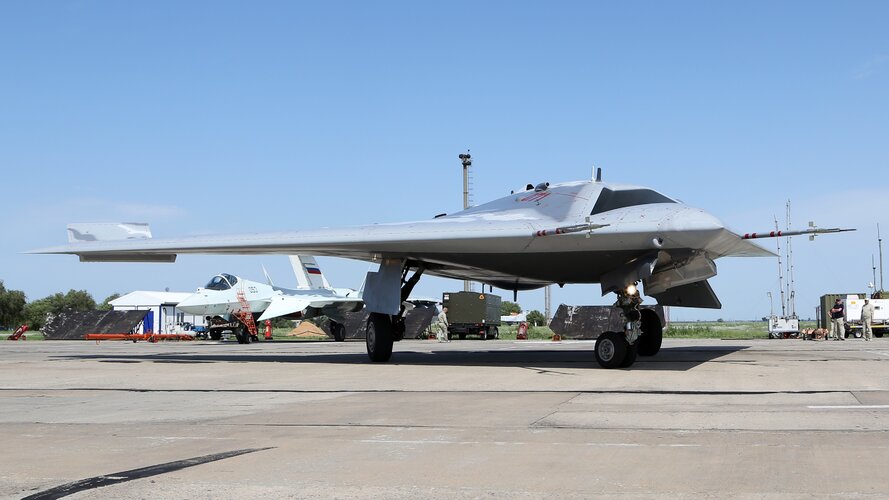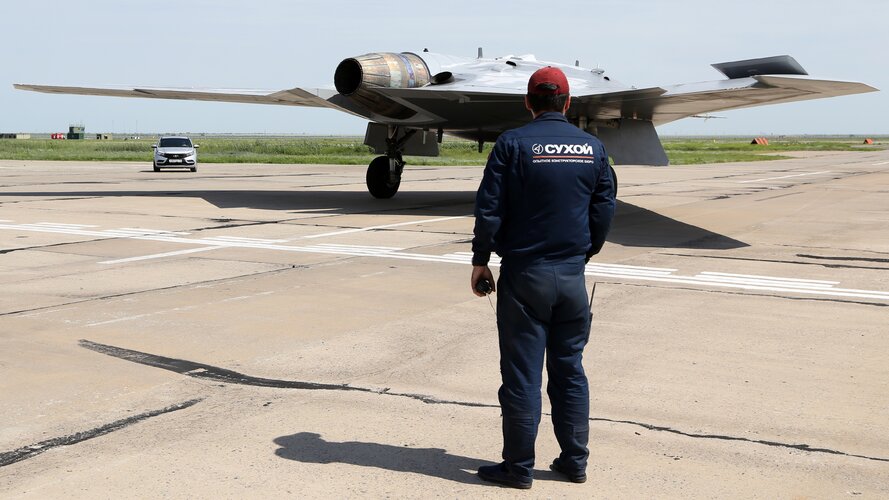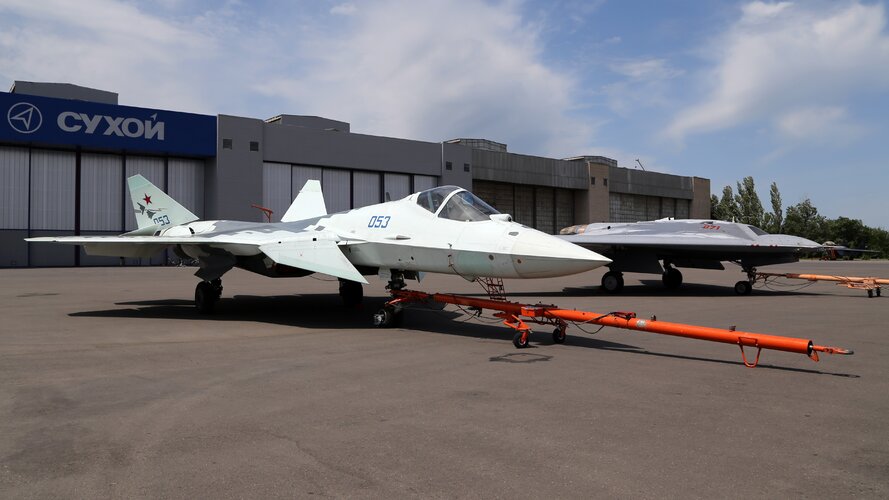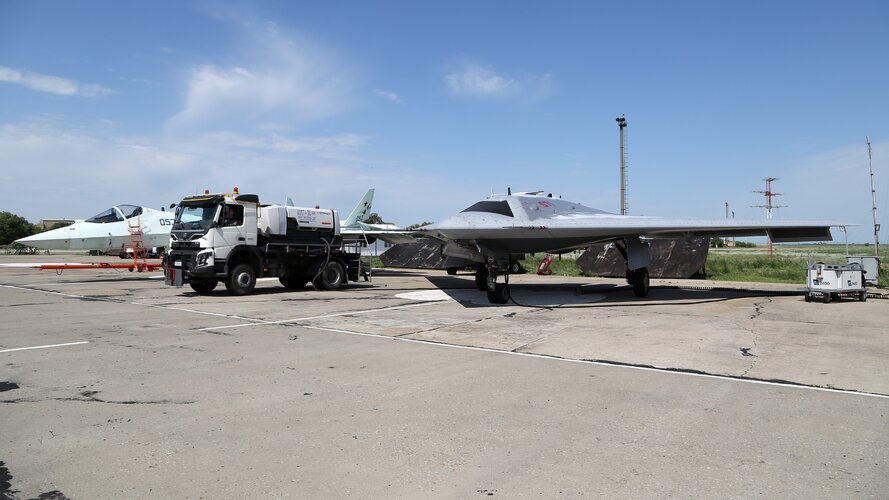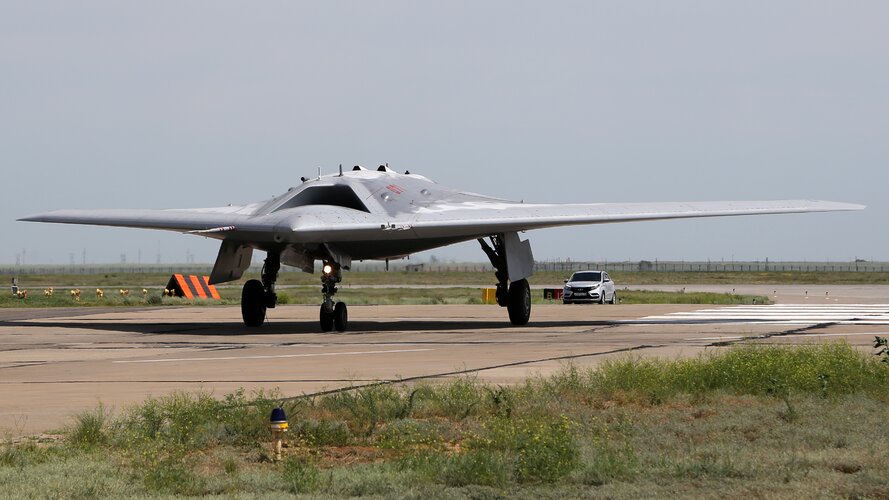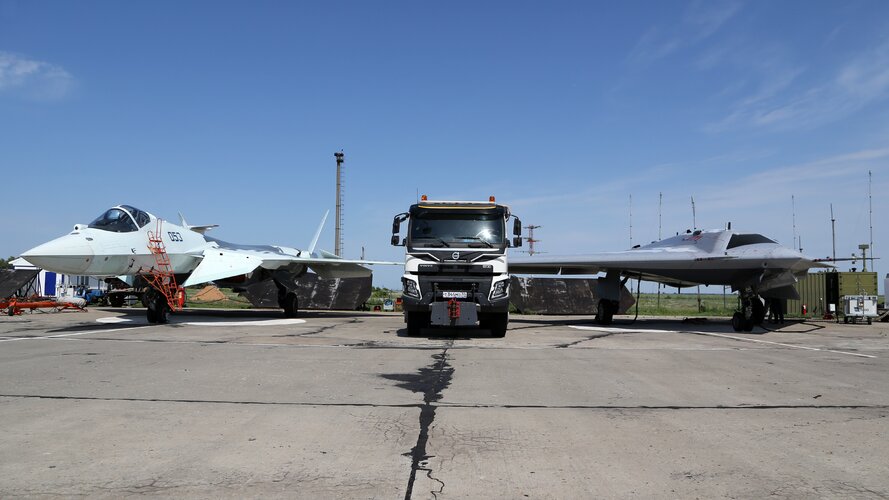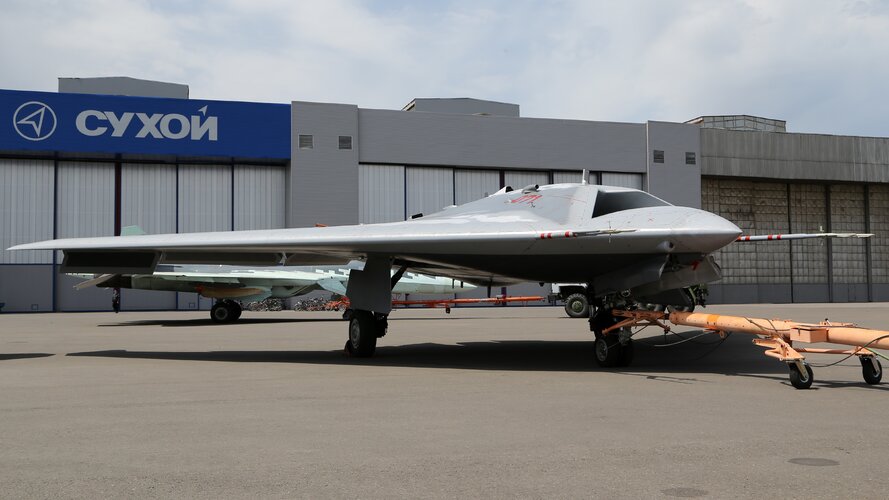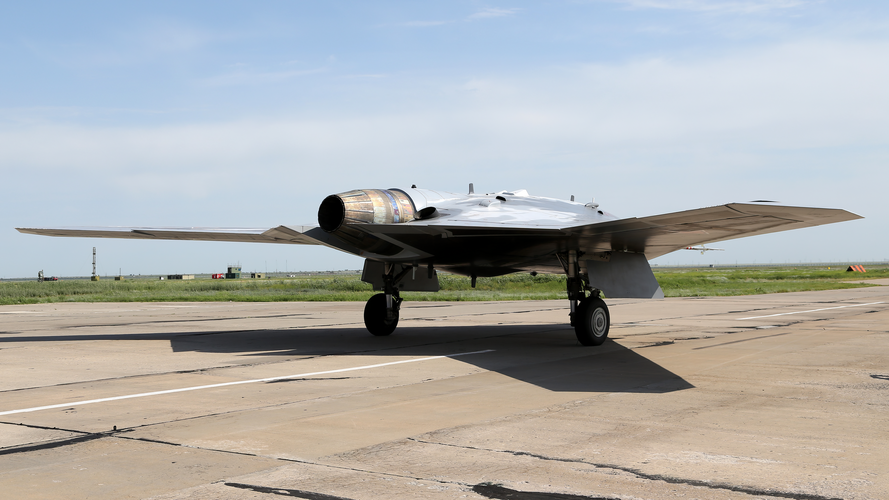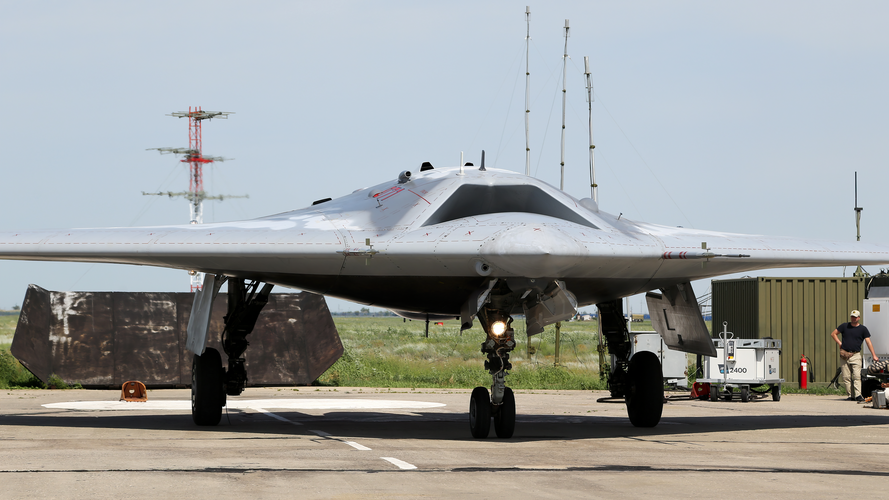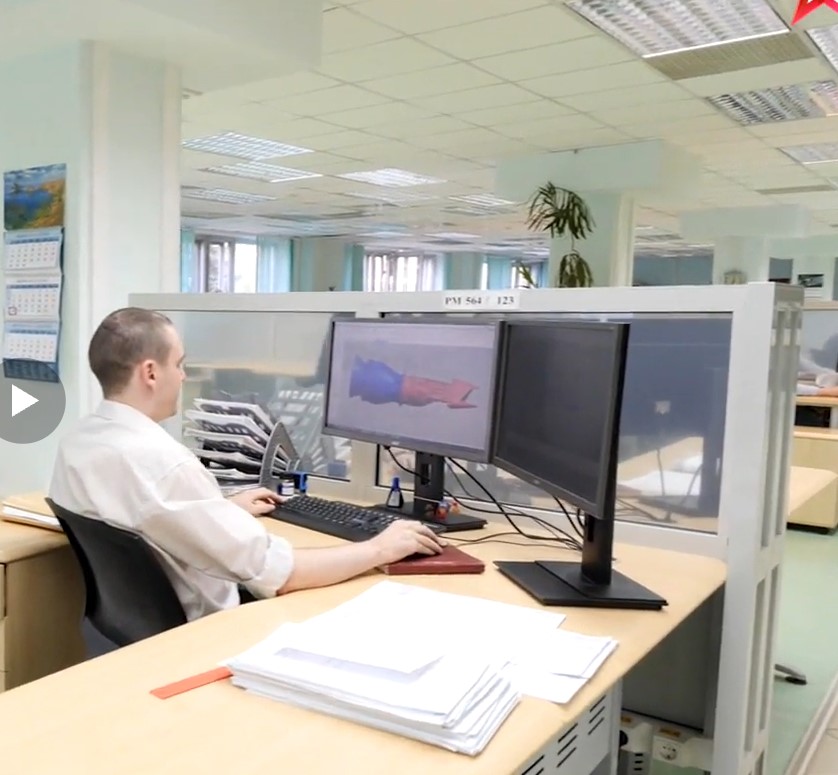A recent official Russian Ministry of Defense television program offered new details about the S-70 drone and how it is expected to further evolve.

www.thedrive.com
Too many village experts in radiophysics in TheDrive comments section, as always.
Written for and by as they say...
Reading over it, the author reiterates common talking points for the sake of it, not actually considering if they are true or not.
I do have a few questions regarding stealth and panel gaps, and I might as well post them here, since they come up in this article like clockwork.
It is generally asserted in Western media, that panel gaps kill stealth, and Russians are incapable of making cover panels without gaps.
With regards to the second point, I remember a documentary about the Su-33 from the early 90s, where an engineer boasted about how they achieved micrometer tolerances on the folding mechanism of the wings, and the planes wings when folded down certainly don't look like they have any visible gaps.
Is there any particular reason why payload bay door gaps would be a more challenging engineering issue?
Which leads to my other question. Just how important are panel gaps anyway? My physical intuition would say, that panel gaps smaller than the radar wavelength (~10cm) would probably lead to the radar waves diffracting and scattering on them, rather than straight reflection. Bay doors are visible only from a very narrow cone on the front which means that only their frontal profile matters.
Probably diffraction is not good anyway, but it happens on other material discontinuities as well, and probably can be dealt with by some methods.
Edit:
Sorry I dun goofed, X-band radar has more like 3cm wavelength.

